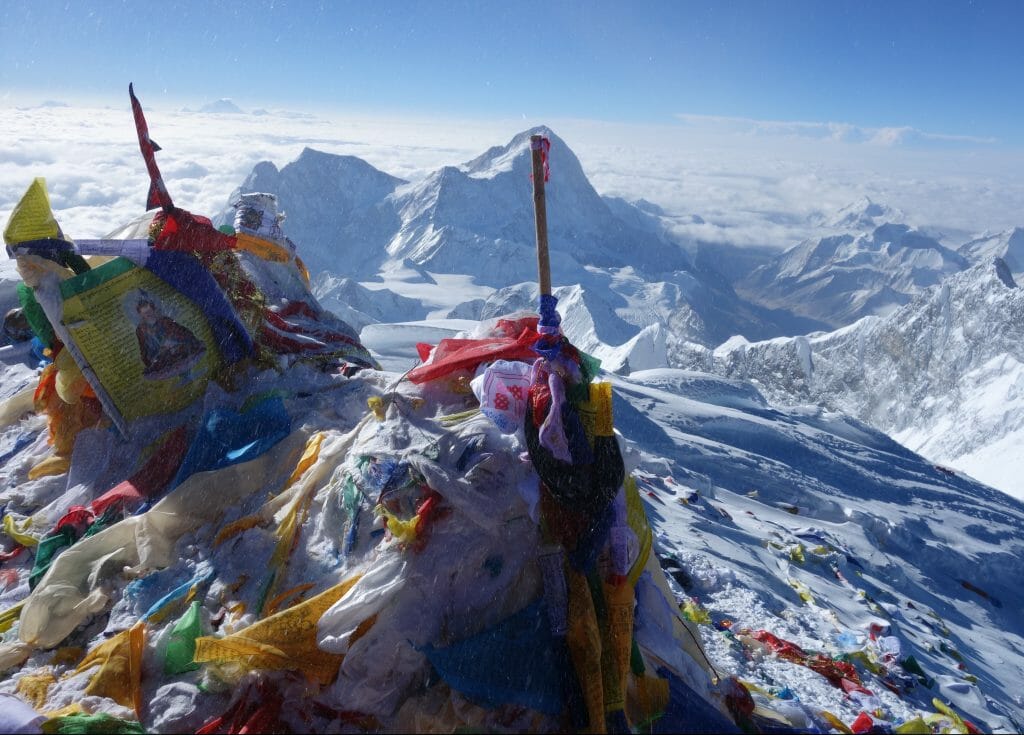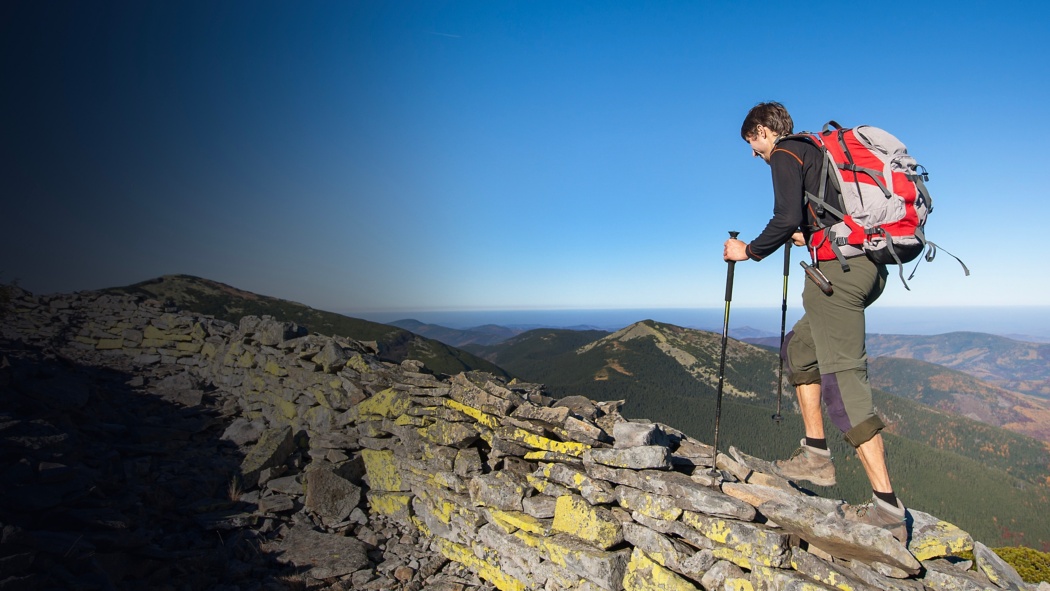Okay, so I’ve been messing around with this “high altitude science” thing, and let me tell you, it’s been a wild ride. I started out with this crazy idea of sending stuff way up high, like, really high, to see what would happen. You know, for science!

Getting Started
First, I needed a balloon. Not just any balloon, but one of those big weather balloons. I found one online – surprisingly easy, actually. Then came the payload – the stuff I wanted to send up. I kept it simple: a small camera, a GPS tracker (so I wouldn’t lose the whole thing), and some sensors to measure temperature and pressure.
- Weather balloon: Check.
- Camera: Got a cheap action cam.
- GPS tracker: Essential, seriously.
- Sensors: Temperature and pressure, just to see what’s up.
- A box: I used some foam board. Sturdy and Light.
Putting It All Together
Building the payload container was next. I used some foam board I had lying around, cut it up, and taped it all together. It wasn’t pretty, but it was light and seemed sturdy enough. I mounted the camera to peek out of a hole, stuck the GPS and sensors inside, and added some padding to protect everything during the landing (which I was already stressing about).
Then, I got a big helium tank. I’ve filled up party balloons before, no problem. But this weather balloon? Whoa, it got HUGE. It took a while, and I definitely used more helium than I expected.
Launch Time!
I picked a clear, calm day. Went out to a big open field with a friend (safety first!), tied the payload to the balloon, and… let it go! It went up so fast! We watched it until it was just a tiny speck, then relied on the GPS tracker to follow its journey.
The Flight and Recovery
The tracker was a lifesaver. It showed the balloon going way up, then drifting for a while before the balloon finally burst (which is supposed to happen). Then, the parachute, which I had attached to slow the descent of the payload, deployed. I will admit, the parachute part was a bit of guesswork, but it worked!

We drove to the predicted landing spot, and after a bit of searching (it landed in a field, naturally), we found it! The box was a little banged up, but the camera and everything inside were fine.
The Results
The pictures and video were amazing! You could see the curve of the Earth, and the sky was this incredible deep blue. The sensor data showed how the temperature dropped as it went higher, and the pressure decreased. It was all pretty cool, and I felt like a real scientist (even though I’m totally not).
Overall, it was a super fun project. A bit nerve-wracking at times, but totally worth it. If you’re looking for a hands-on science experiment that’s a little out there, I definitely recommend giving this a try!
